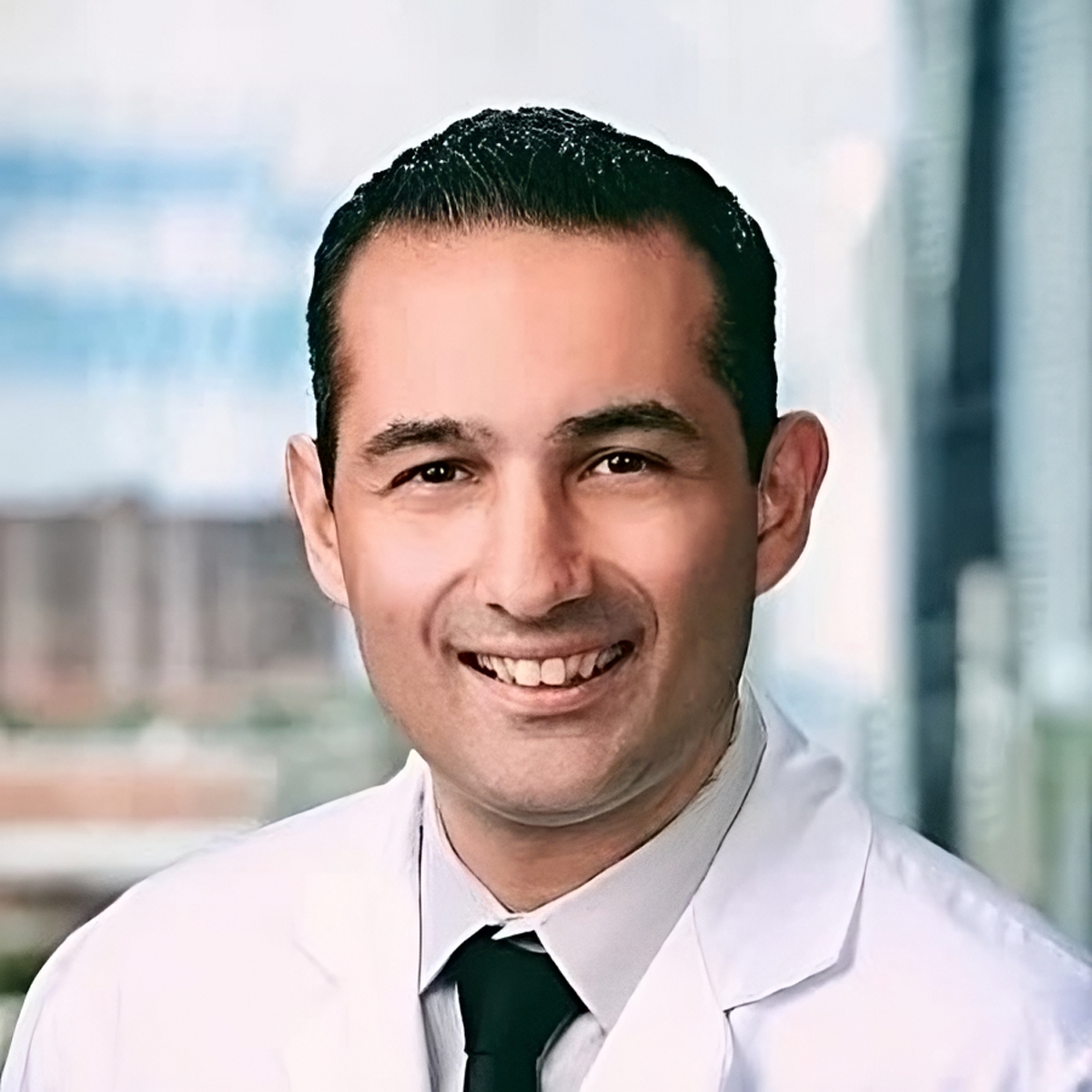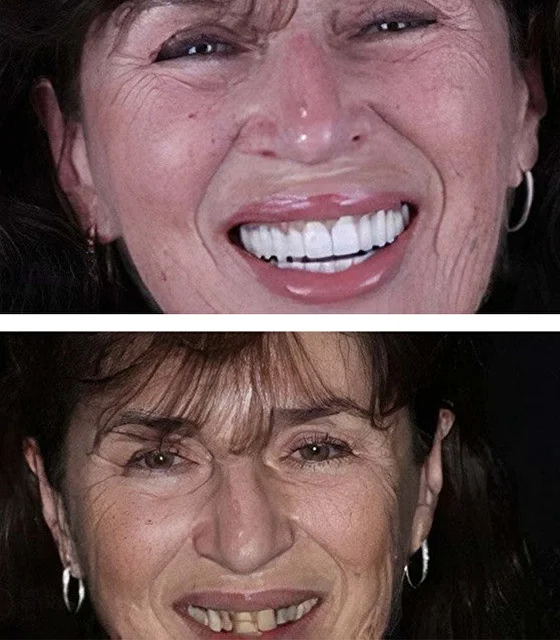Root canal retreatment
High-precision computer tomography diagnostics
Microscopic treatment of root canals
Saving hopeless teeth
Over 70% of our patients undergo root canal retreatment after unsuccessful endodontic treatment in other clinics.
Reasons for unsuccessful endodontic treatment
Incomplete removal of infected tissues
Thoroughly cleaning the tooth cavity of infected tissues is an important task in primary root canal treatment. Even leaving a small amount of infected tissue can lead to bacterial growth and recurrence.
According to statistics, in 90% of cases, the cause of apical periodontitis is residual infection in the root canals after primary endodontic treatment!
Mistakes in filling root canals
A doctor may incorrectly assess the complex anatomy of root canals, fail to detect curves or branches, and leave voids after filling, where pathogenic bacteria accumulate. Inflammation develops, granulomas or cysts form, and the risk of tooth root destruction increases. Alternatively, the doctor may allow filling material to extend beyond the roots, causing irritation, swelling, and inflammation in soft tissues.
«Endodontic treatment is delicate, precise work that must be performed under magnification. When removing infected tissues and filling root canals, I use a dental microscope.
It magnifies the image tens of times and helps me perform manipulations with jewel-like precision.»
Extra canal passage prevention
Unnoticed to the naked eye, an extra branched canal can remain untreated from infection. Over time, it leads to apical periodontitis.
An instrument fragment is left in the canal
During canal cleaning, the instrument may break. It’s impossible to notice the fragment with the naked eye. It prevents complete canal sealing. The void becomes a focus of inflammation against the backdrop of bacteria accumulation in it.
Subgingival calculus
It’s very difficult to see subgingival calculus without a microscope. If it’s not removed, it will inevitably lead to canal infection.
«I eliminate the risk of missing extra canal passages. I complement computer diagnostics results with microscopic examination. Thanks to multiple magnifications, I can thoroughly examine the canal.
I see atypical and “hidden” branching, bends, constrictions, and divergences. I eliminate the risk of instrument breakage when passing through a complex canal area.»
Toothache after root canal treatment – what should you do?
Mild discomfort may occur during the first few days after endodontic treatment, which is typically resolved within 5 days. If pain persists for more than 5 days, it is essential to seek immediate medical attention as it may indicate a recurrence of secondary infection. The sooner you start re-treatment, the lower the risk of developing serious complications.
Endodontic retreatment cost
Root canal retreatment near me
Are you looking for a premium-class clinic in Miami, Florida with an experienced endodontist you can trust for root canal treatment?
We work with Dr. T. Gem Sayin, D.D.S, a highly qualified certified endodontist. He has a proven track record of successfully treating complex cases involving root canal therapy.

Our root canal retreatment cases

This is an example of re-treatment of multiple tooth canals. The patient already had several teeth with previously treated root canals in another clinic. However, the canal treatment was not done well, and each of these teeth began to cause the patient pain, with inflammation starting around some of the teeth.
The problem was that some of the dental canals were missed or not fully treated to the end of the canal (root tips).
Dr. Sain re-treated almost all of the canals – 20 canals in one day. The patient then continued full mouth reconstruction with Dr. Tetri. The patient regularly comes to the clinic for preventive check-ups. A year after the treatment, the patient has no discomfort with the gums and teeth.

The patient first came to Tetri’s Smile to restore several lower teeth that were severely damaged after poor root canal treatment at another clinic. The teeth had to be removed, and implants with ceramic crowns were installed.
The patient came to our clinic a second time to have her entire upper jaw prosthetically restored. Most of the teeth had an infection in the root canals. Dr. T. Gem Sayin treated the canals in two visits, and then Dr. Tetri restored them with ceramic crowns.
Root canal retreatment procedure
Dental examination
The doctor performs a computer tomography of the maxillofacial area, studying the structure of the tooth, examining the condition of the root canals, evaluating the quality of their filling, and checking for the presence or absence of granulomas, cysts, or root cracks.
Pain relief, tooth isolation.
The doctor administers an anesthetic and fixes a rubber dam to prevent saliva from entering the root canal and causing infection.
Diagnostic revision
The doctor removes the filling after the initial endodontic treatment and creates access for visual revision of the canals.
Root canal retreatment and refilling
Under a microscope, the doctor cleans the root canals of filling material, removes infected tissue, treats the canals with an antiseptic solution, fills them with gutta-percha, and seals them to prevent bacterial penetration.
Tooth restoration
Depending on the degree of tooth destruction, the doctor restores it with a filling or crown.
Can a recurrence of inflammation in the root canals be cured simply by taking antibiotics?
No. Antibiotics penetrate the infection site through the bloodstream, but after the nerve is removed, the tooth loses its blood supply. Therefore, if there is an infection in the canal, endodontic treatment – removal of infected tissue, antiseptic treatment, and canal filling – is necessary.
Is it worth retreating the root canals, or is it better to remove the tooth and then put an implant with a crown?
It is better to save the tooth by re-treating the canals. Removing the tooth and restoring it with an implant and crown is recommended only when the tooth cannot be saved.
How many years can a tooth with retreated canals last?
A de-pulped tooth does not receive nutrients due to the lack of blood supply and becomes less strong. However, with high-quality cleaning of the canals from infection and a tight filling, it can last for more than 10 years.

